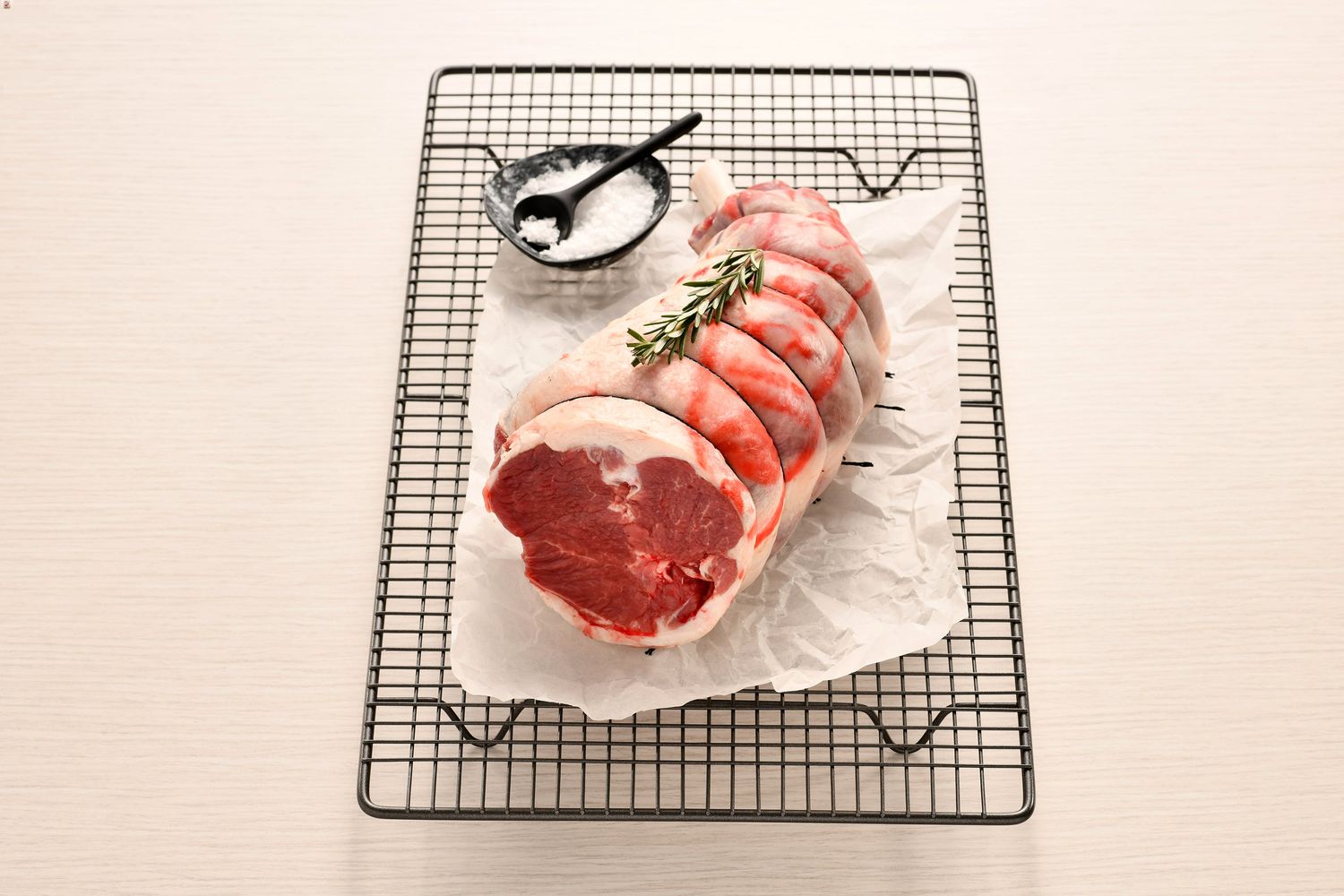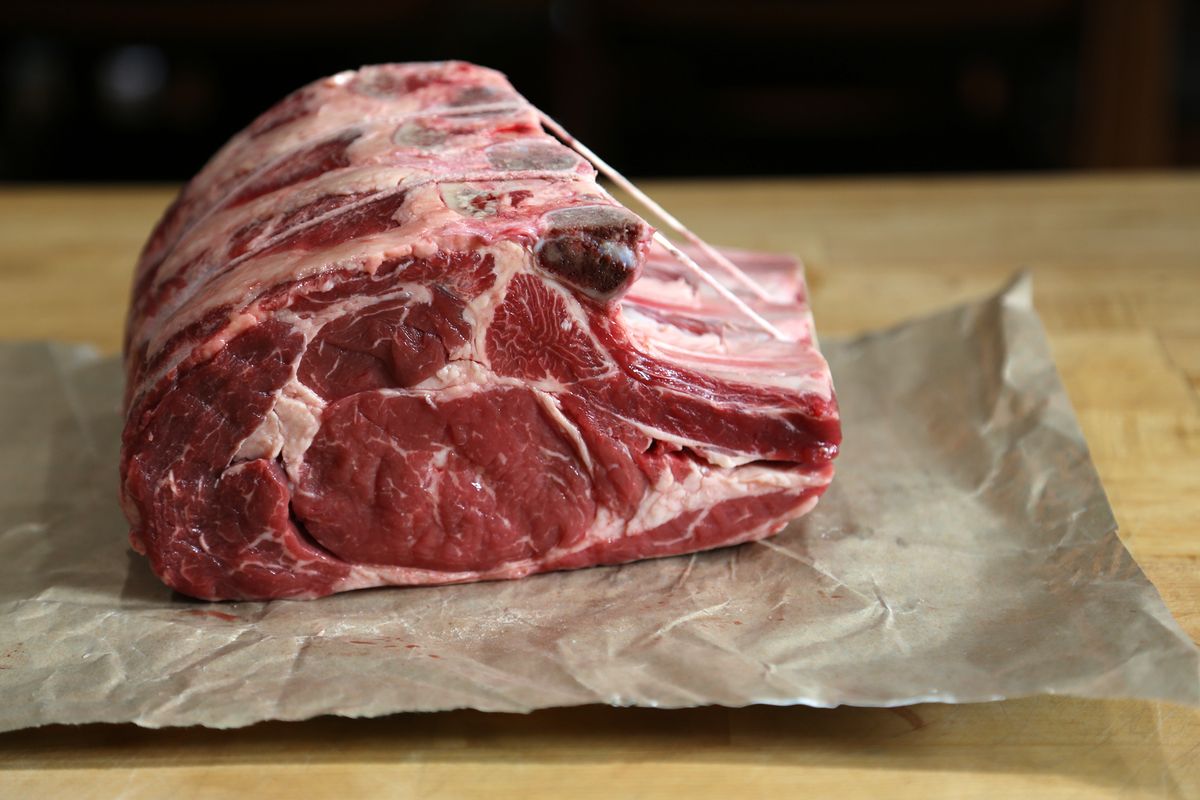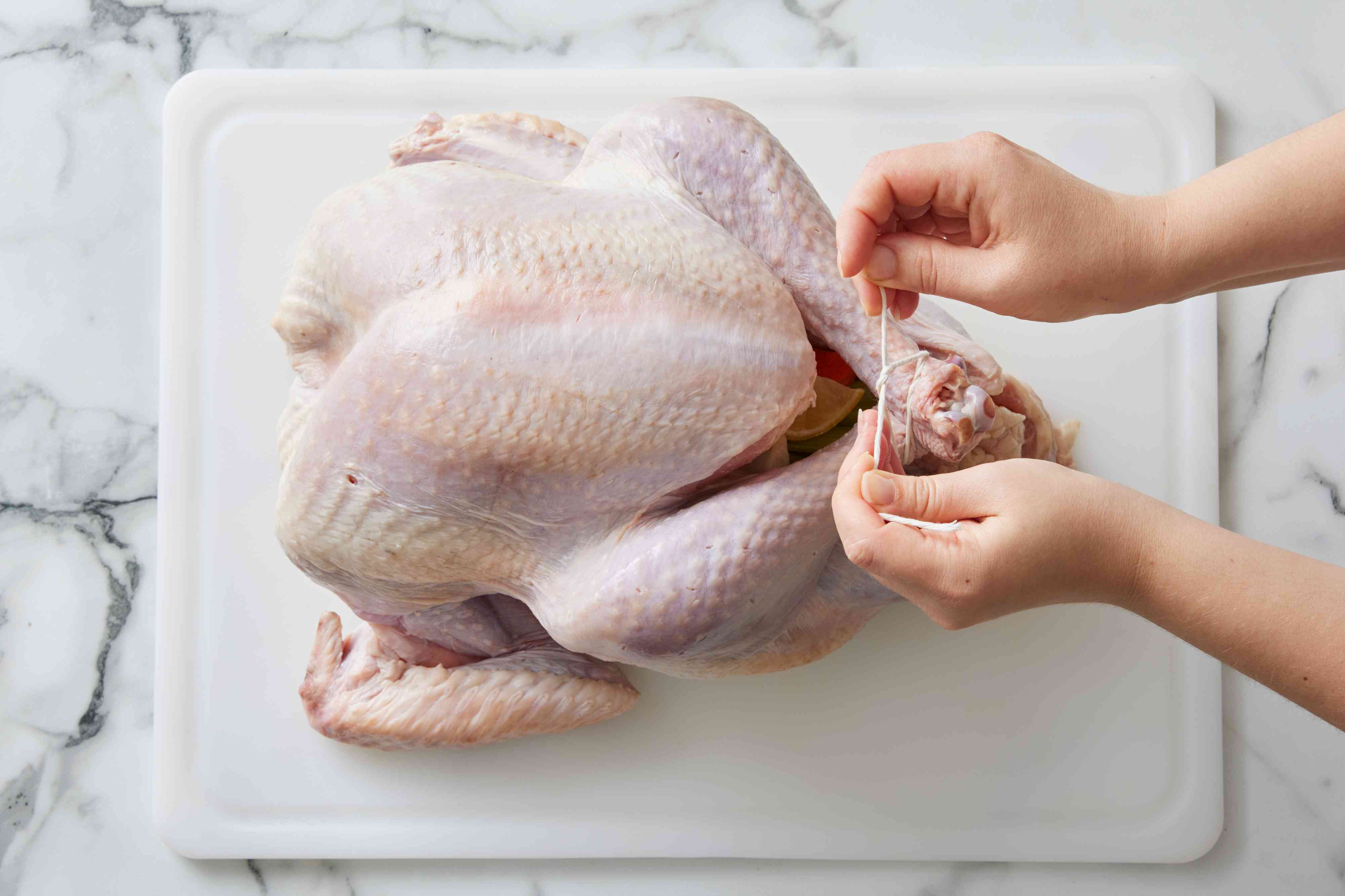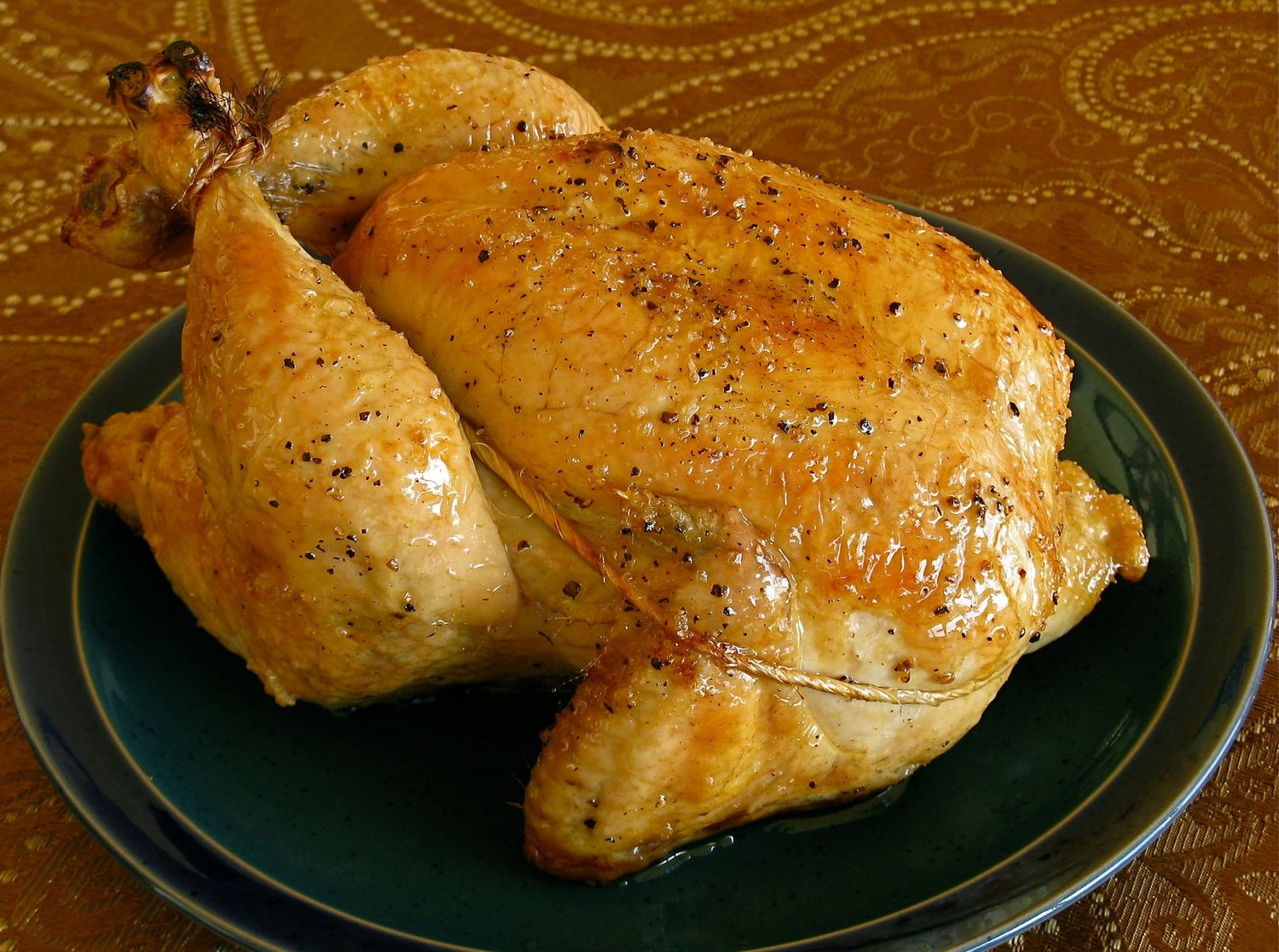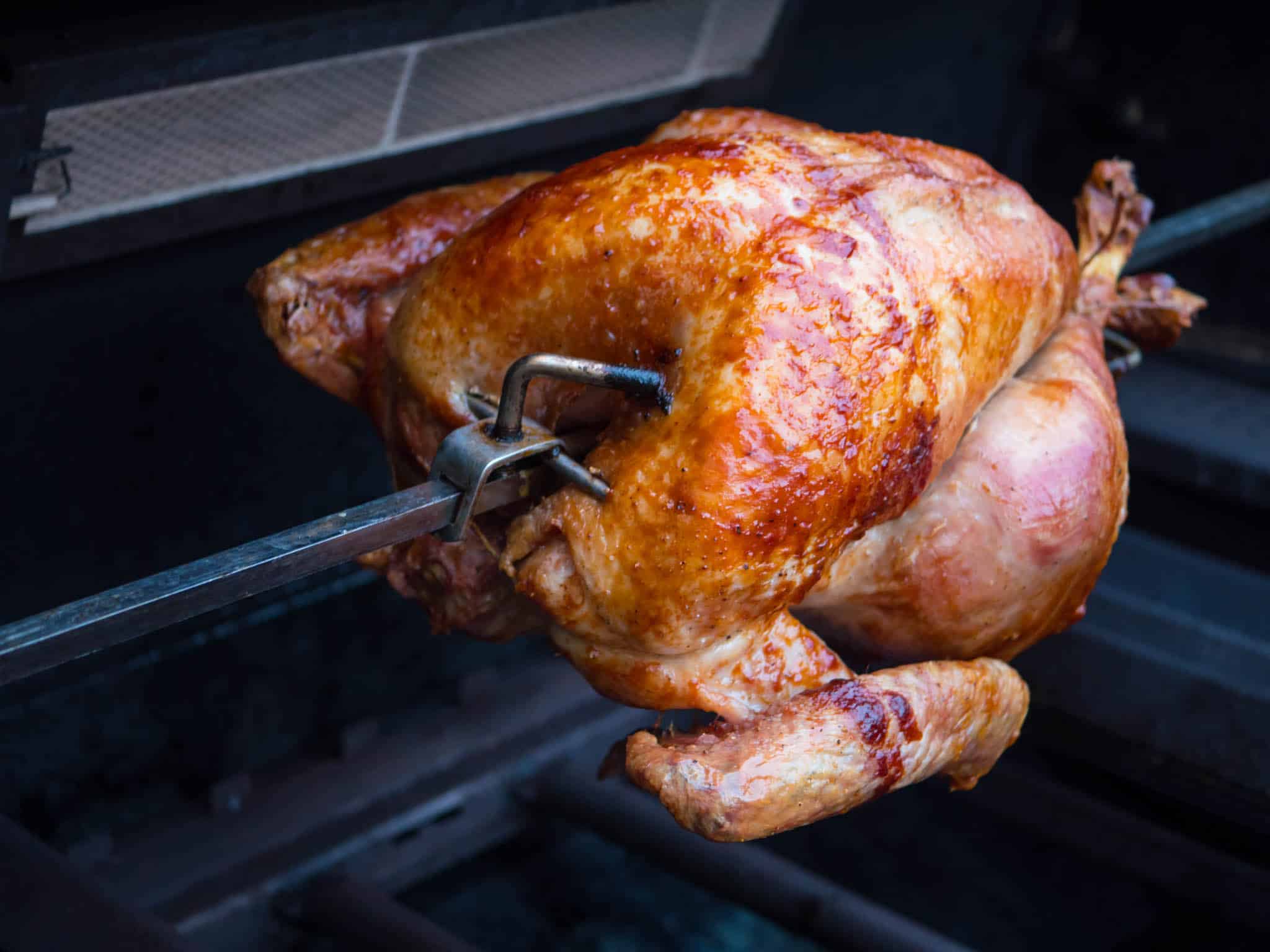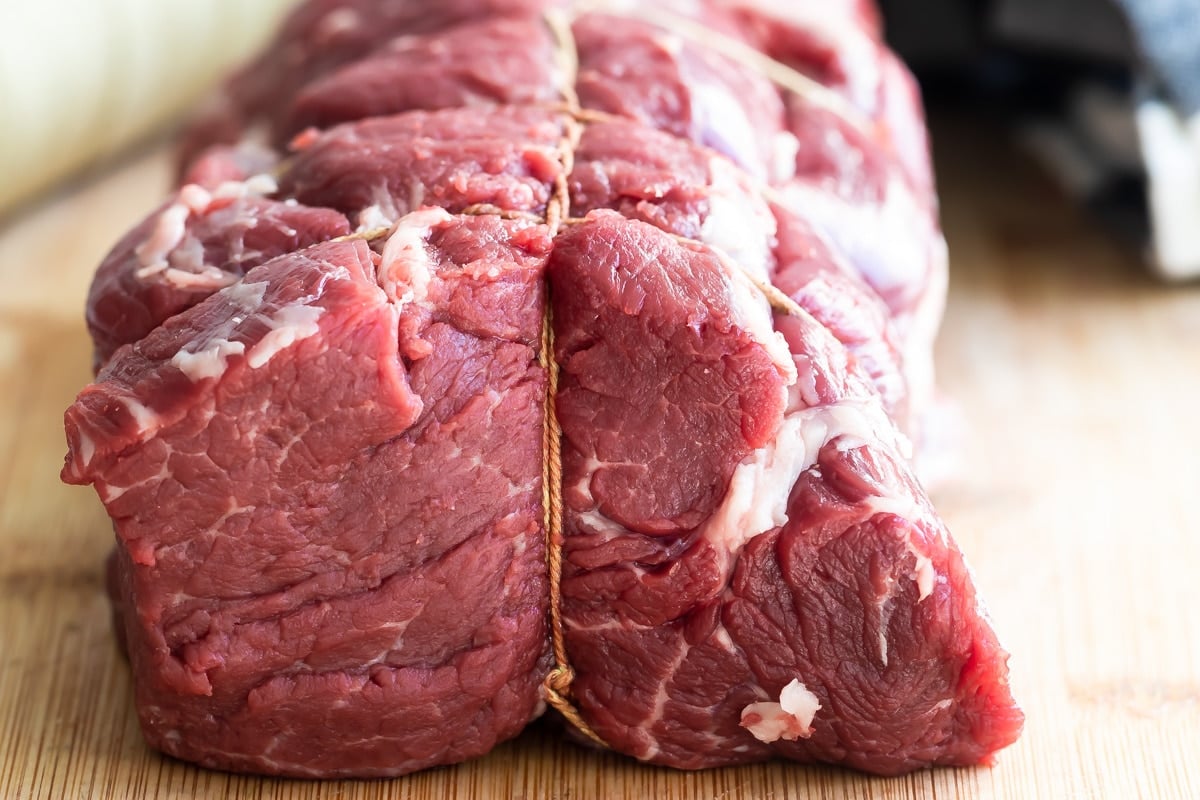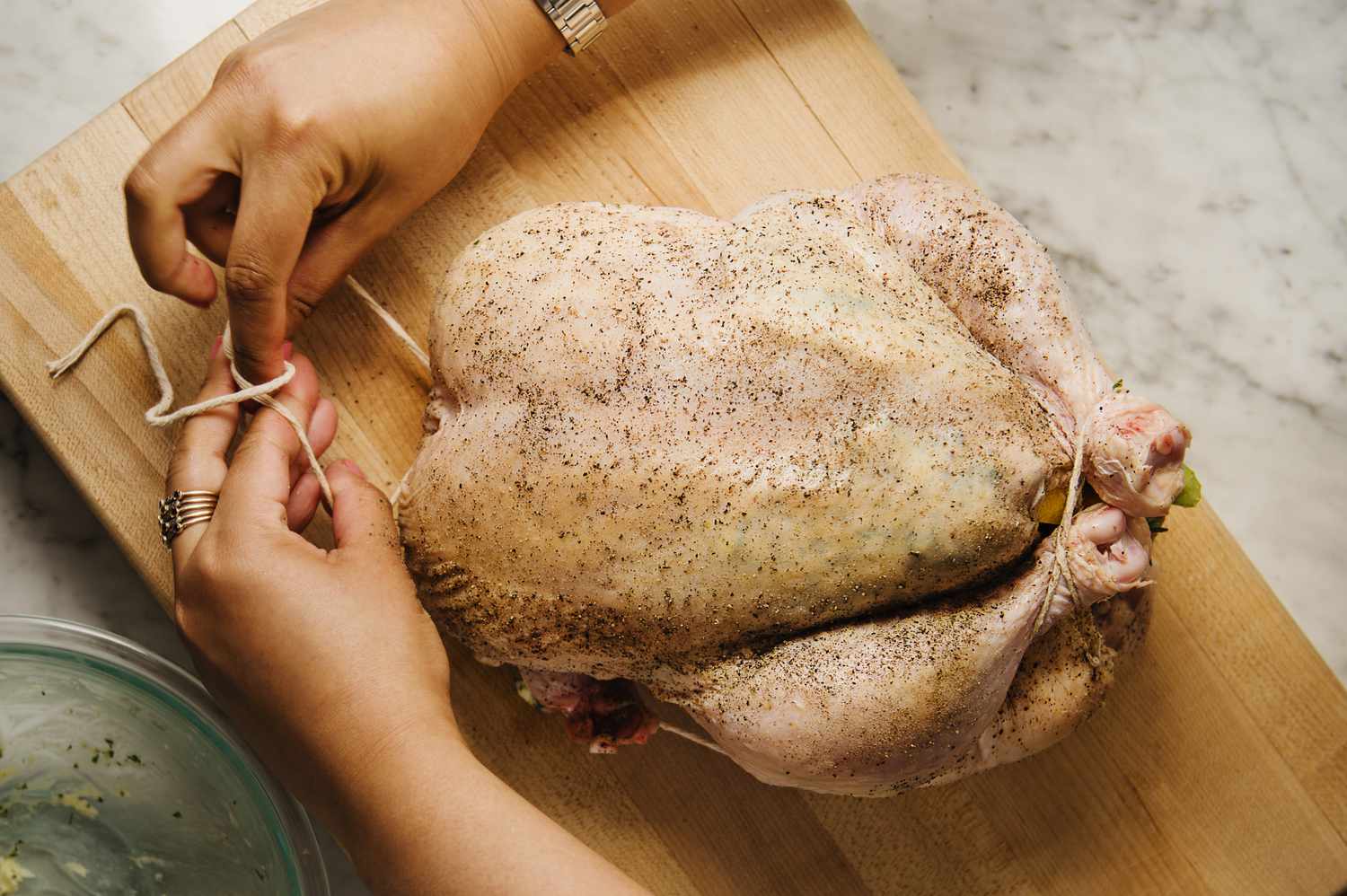Trussing a Roulade: A Step-By-Step Guide
Trussing a roulade is an essential skill for any home cook or aspiring chef. Whether you’re preparing a savory meat roulade or a sweet dessert roulade, proper trussing ensures that the filling stays intact and the roulade cooks evenly. Follow these step-by-step instructions to truss a roulade like a pro.
Step 1: Prepare Your Roulade
Before you begin trussing, make sure your roulade is prepared and ready to be rolled. Lay out your filling on top of the meat or cake base, leaving a border around the edges to prevent the filling from spilling out during the rolling process.
Step 2: Roll the Roulade
Gently roll the roulade from one end to the other, using your hands to guide the filling and create a tight, compact roll. If you’re working with a meat roulade, make sure the seam side is facing down to keep it closed during cooking.
Step 3: Prepare the Trussing String
Cut a length of kitchen twine or butcher’s string long enough to wrap around the roulade several times. You’ll want to have enough string to securely tie the roulade without it slipping or unraveling during cooking.
Step 4: Position the Trussing String
Slide the prepared string under the roulade, positioning it evenly along the length of the roll. Make sure the ends of the string are even to ensure a balanced truss.
Step 5: Tie the Trussing Knot
Bring the ends of the string up and over the top of the roulade, crossing them and pulling them tight to secure the roll. Tie a double knot to ensure the trussing stays in place during cooking.
Step 6: Secure the Ends
If your roulade has open ends, tuck them in and secure them with additional pieces of string to prevent the filling from escaping during cooking.
Step 7: Trim Excess String
Once the roulade is securely trussed, trim any excess string to prevent it from burning or getting in the way during cooking.
Step 8: Cook as Directed
With your roulade properly trussed, it’s ready to be cooked according to your recipe’s instructions. Whether you’re roasting, braising, or baking, the trussed roulade will hold its shape and cook evenly for a delicious end result.
Trussing a roulade may seem daunting at first, but with practice, you’ll master this essential culinary skill. Whether you’re preparing a classic beef roulade or a decadent chocolate dessert roulade, proper trussing ensures that your creation turns out perfectly every time.
So, the next time you’re ready to impress your family and friends with a beautifully rolled roulade, follow these step-by-step trussing instructions for a professional presentation and delicious results.
Was this page helpful?
Read Next: How To Truss A Duck For Roasting
